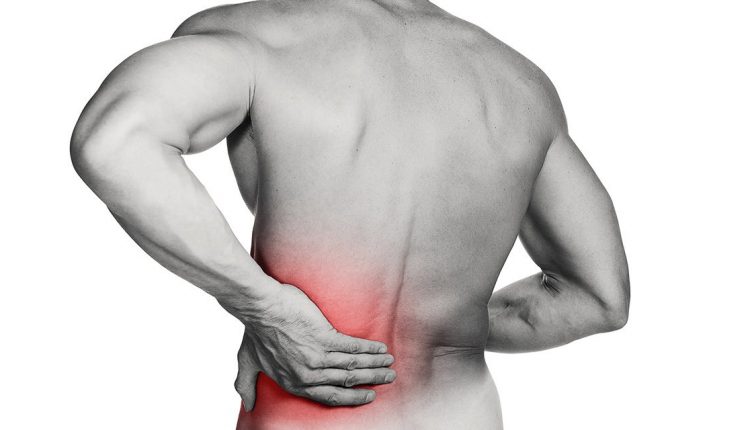
The causes of acute low back pain
In the West, about 80 per cent of people say they have experienced low back pain at least once in their lives
Low back pain is a widespread condition that can affect both sexes at different ages
Back pain also includes what is known as ‘witch’s stroke’, or an episode of acute low back pain.
The presence of back pain can be either a symptom of pathology or a stand-alone, mechanical pain, which is referred to as non-specific low back pain.
The task of the specialist is to distinguish between these different conditions.
Non-specific low back pain implies an incorrect functioning of the spinal column, which causes the pain that characterises the pathology.
What is low back pain?
Back pain appears in the form of localised pain in the lower back, which may radiate to the upper thigh area and buttocks.
The pain may be associated with a sense of muscle contracture and heaviness.
Witch’s stroke is a form of acute low back pain with a predominantly muscular component, in which the pain occurs immediately or during a specific movement.
The pain, which also radiates to the thighs and buttocks, can last for several hours, forcing the sufferer to rest absolutely.
Generally, no particular damage or permanent injury remains after a stroke, and the patient fully recovers the ability to move.
What are the causes of acute low back pain?
Witch’s blow tends to occur after simple movements, especially if performed abruptly or with excessive effort.
We can therefore point to an overload or inflammation of the muscles, joints and lower spine as the cause of witch’s stroke.
Acute low back pain can occur more frequently in sedentary people, because exercise also stimulates the back muscles, strengthening them and preventing contractures, in overweight people, because excessive weight can put too much strain on the spine, and in people over 40, because their joints react worse to stress due to wear and tear.
How is low back pain treated?
Generally, back pain resolves spontaneously, is not linked to the presence of more severe pathologies and is caused by movements that have required excessive strain on the spine and its overload (but it can also be caused by an arthrotic pathology of the vertebrae or degenerative discs).
If back pain does not resolve in a few days or manifests itself recurrently or is continuous, a physiatric examination should be performed.
After making the diagnosis and ruling out the presence of other problems that might require a multidisciplinary approach, the physiatrist will suggest the most appropriate treatment and rehabilitation plan to the patient.
The therapy may involve manual treatments including manipulations and/or the execution of a cycle of oxygen-ozone therapy infiltrations (injections that the doctor performs into the lumbar paravertebral muscles) as well as a course of specific physiotherapy to rehabilitate the functionality of the spine.
In the most acute stages of pain, drug therapy may also be necessary.
How to prevent acute low back pain?
There are preventive strategies to reduce the risk of stroke.
For example:
- regularly perform postural and stretching exercises;
- distribute the load evenly during exertion;
- bend your legs when lowering yourself;
- avoid mattresses that are too soft, preferring one that is well supported;
- avoid sitting for too long, and with crossed legs.
Read Also:
Emergency Live Even More…Live: Download The New Free App Of Your Newspaper For IOS And Android
What To Know About The Neck Trauma In Emergency? Basics, Signs And Treatments
Lumbago: What It Is And How To Treat It
Back Pain: The Importance Of Postural Rehabilitation
Cervicalgia: Why Do We Have Neck Pain?
O.Therapy: What It Is, How It Works And For Which Diseases It Is Indicated
Oxygen-Ozone Therapy In The Treatment Of Fibromyalgia
Hyperbaric Oxygen In The Wound Healing Process
Oxygen-Ozone Therapy, A New Frontier In The Treatment Of Knee Arthrosis
Assessment Of Neck And Back Pain In The Patient
‘Gendered’ Back Pain: The Differences Between Men And Women


